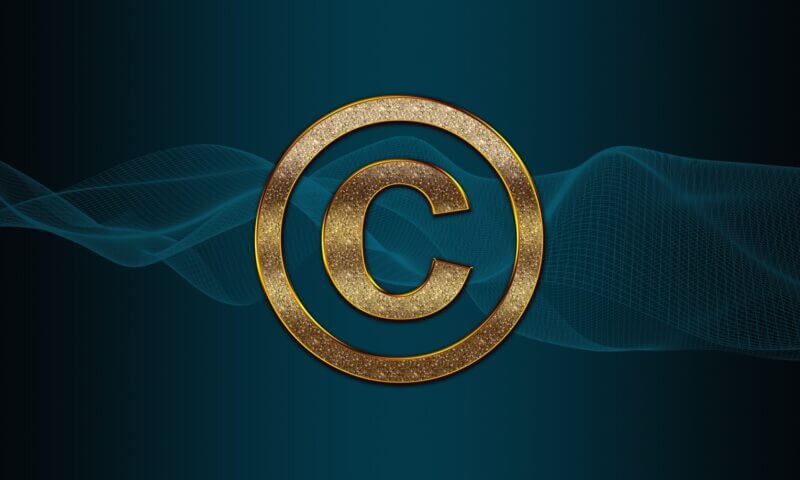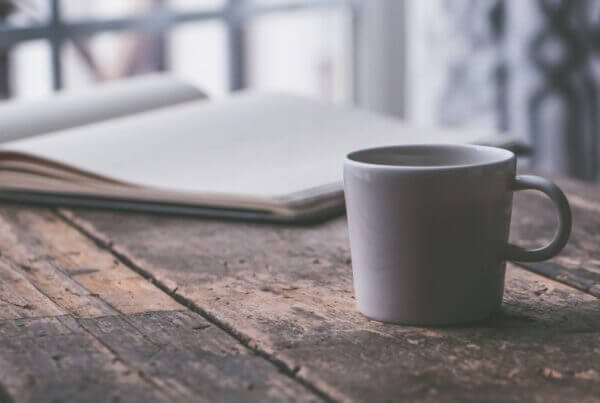A highfalutin’ little note on the C word (“little” – two people will still be reading by the end). “Copyright.”
From minute one I’ve made my work as affordable for customers as I can afford to make it. I know/know of hundreds of people in my position who (are absolutely right to) charge more. And I’m sure that goes hand-in-hand with plenty concerns from potential customers about how expensive it all is. If you’re not part of that world, you’re bound not to know until told. Same as a much younger Alex used to ball-ache about “£X.95 for fish and chips?!” til the penny dropped (premises, overheads, wages, etc).
I get one discount on a service through knowing a couple of very kind people, but the big picture is largely the same for everyone like me.
Here’s a run-through of typical costs: premises (for some – and a biggie), equipment use/wear and tear (something expensive seems to need replacing every week), professional photographers including editing (to escape the limitations of my own equipment and lighting), motor expenses, heat and light, print proofs (fine-tuning test copies of the print, so it’s as it should be), matting and framing products (including very infrequent damage), all packaging materials, gallery fees, the full print run itself on archival cotton paper, tax on whatever remains after sales…
…and finally, years and years of having been paid next to nothing – something you check off as your “apprenticeship”. I absolutely needed mine, to keep eyes forward and gradually inch up my own little bar. When a hobby becomes a primary source of income, your priorities change, and you hope those thousands of evening and weekend hours are finally worth something.
Those are the costs. This isn’t a witch hunt, but I have to go for big air:
When any image I’ve made becomes an unsolicited reproduction, sale, or advertisement for something else, it damages my whole wheelhouse, dilutes any limits I’ve set for that image, and dilutes its value.
Full format, uncompressed image files are securely in my house, with my trusted partners, and nowhere online. I can’t account for any reproduction over which I don’t have complete control, as the methods used to arrive there are almost guaranteed to be poorer than the ones I’ve learned or been taught to preside over (see “costs” above). Crucially, this damages my reputation and future business if made visible to anyone.
You wouldn’t steal from a multinational company. The law shouldn’t relax just (or, in my opinion, especially) because it involves a little guy, and if pressed I’d have to start pushing back.
It’s notably aggravating to fall foul of this when I look back over the number of genuine originals and reproductions I’ve given away, for nothing in return, and the odd sale going entirely to charity. Might even say, from all the way up here on my high horse, that I’ve done more than my fair share. Plenty of chances to be on the receiving end of this have arisen and continue to arise, before any talk of theft.
Copyright relates to intellectual property, and as intangible as that sometimes seems, the laws surrounding it are as real, well-defined and developed as any other. I only need to register for it if and until any wrongful actions have occurred. Along the timeline of the computerisation of things, we’re 20 years beyond the emergence of the perennially illicit “peer-to-peer file sharing”, so ignorance doesn’t cut it for me as an acceptable defence.
My attitude is that if it’s worth risking having the book thrown at you for copyright infringement, it’s probably worth the price of a Domino’s Mighty Meaty and extras.
Jimmy Conway says it best in Goodfellas, in the far more dramatic Tommy killing Spider scene: “What’s the mattah wit you?”
Watermarking (a digitally overlaid stamp) is a suggestion recently brought to me – something I did once upon a time, but ditched in favour of image integrity, with an honour system in place for how it’s used. The implied limit is “here ya go, enjoy it in web quality as long as you like, but call me if you’d like the real deal. Here’s how many there are and for how long.”
So these days I have to be extra careful, and I don’t know what an honour system is worth, especially now that I’m in the orbit of people who’ve never met me (almost all of whom have been complete sweethearts, I hasten to add).
Lower res online images might actually worsen the problem, so I might have to start watermarking again. Or increase my pricing and go top shelf on even the things that don’t absolutely matter, as I slowly get the feeling that selling cheap wares can attract cheap behaviour. Lo and behold, the “affordable art” manifesto I privately held for so many years vanishes, and I join the £40-per-A3-print club, having finally understood a few things about the industry.
I absolutely don’t have to say this to most of you, but until that time, for all reasons stated above and on behalf of all low-income artists (i.e. almost all of us), please don’t use images without permission. It’s as thefty as any other theft you might know of.
Cheers 🙂





I appreciated this article, but I think you’ve been too gentle on copyright infringers. Clearly, you are a kind man.
Thank you Julia – I’ve learned my lesson, know how to protect things from now on, and it’s probably healthiest to assume people just don’t know what they can and can’t do. If challenged, I’ll verrrry eagerly contest, though! Thanks for your kind words 🙂